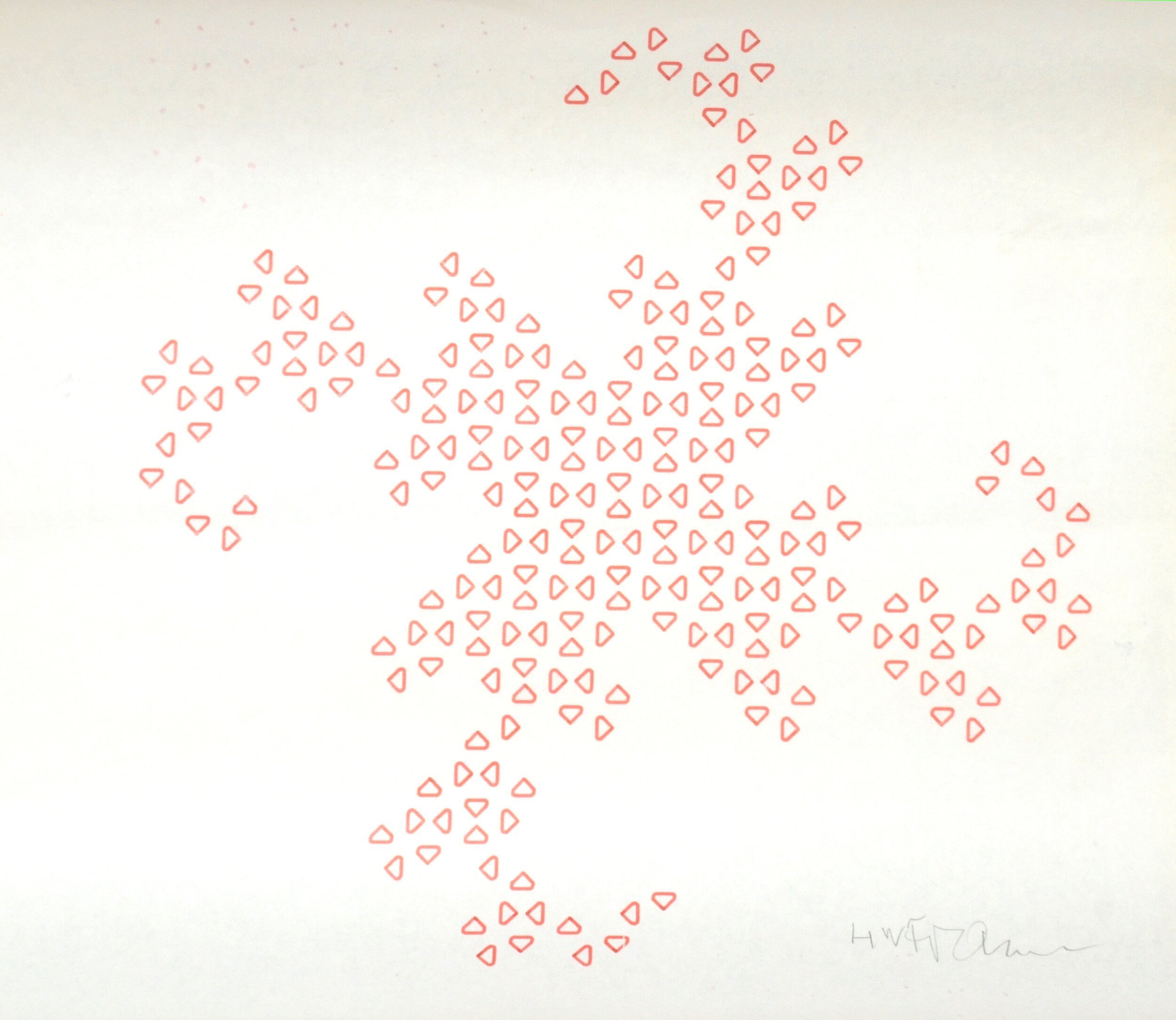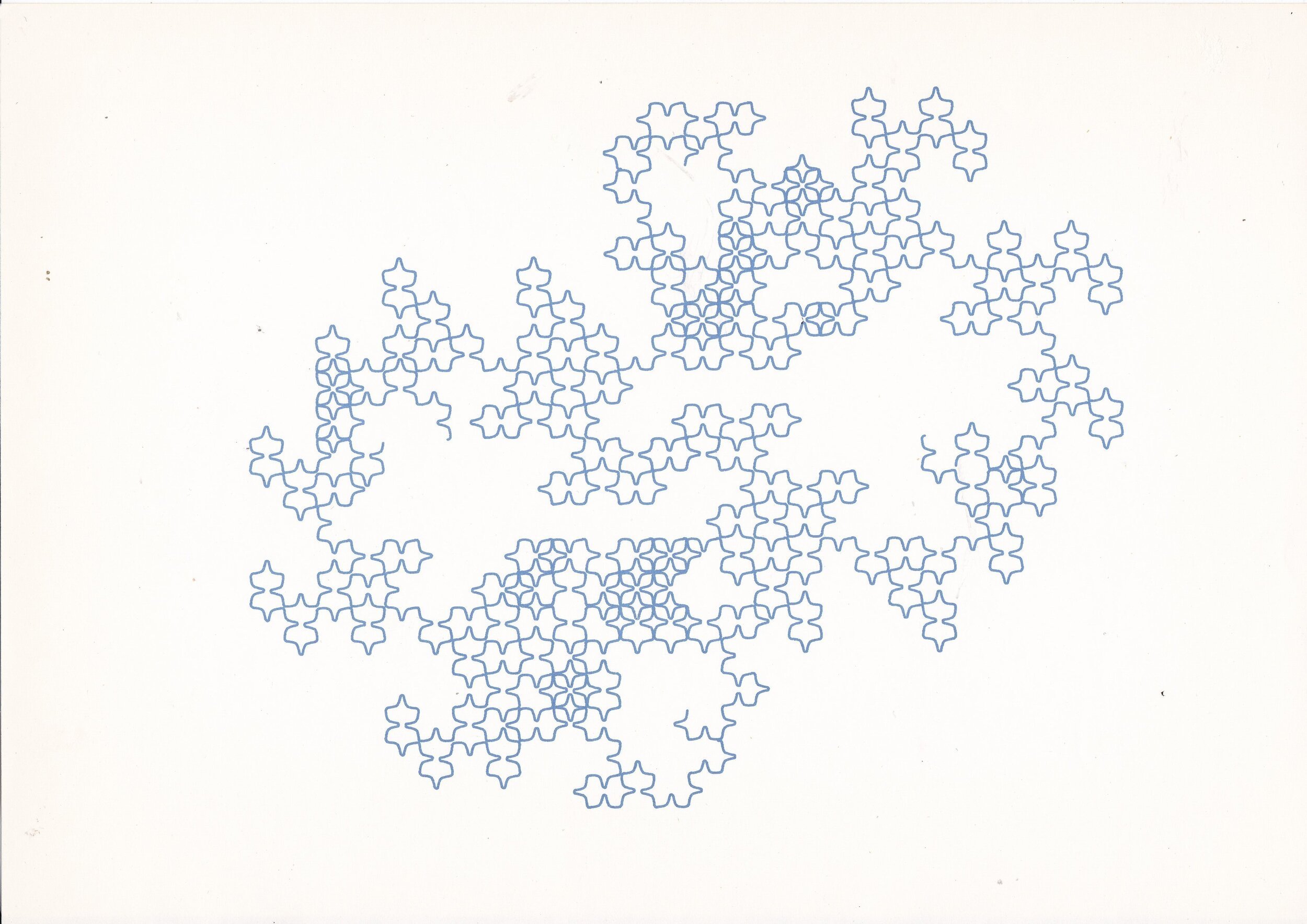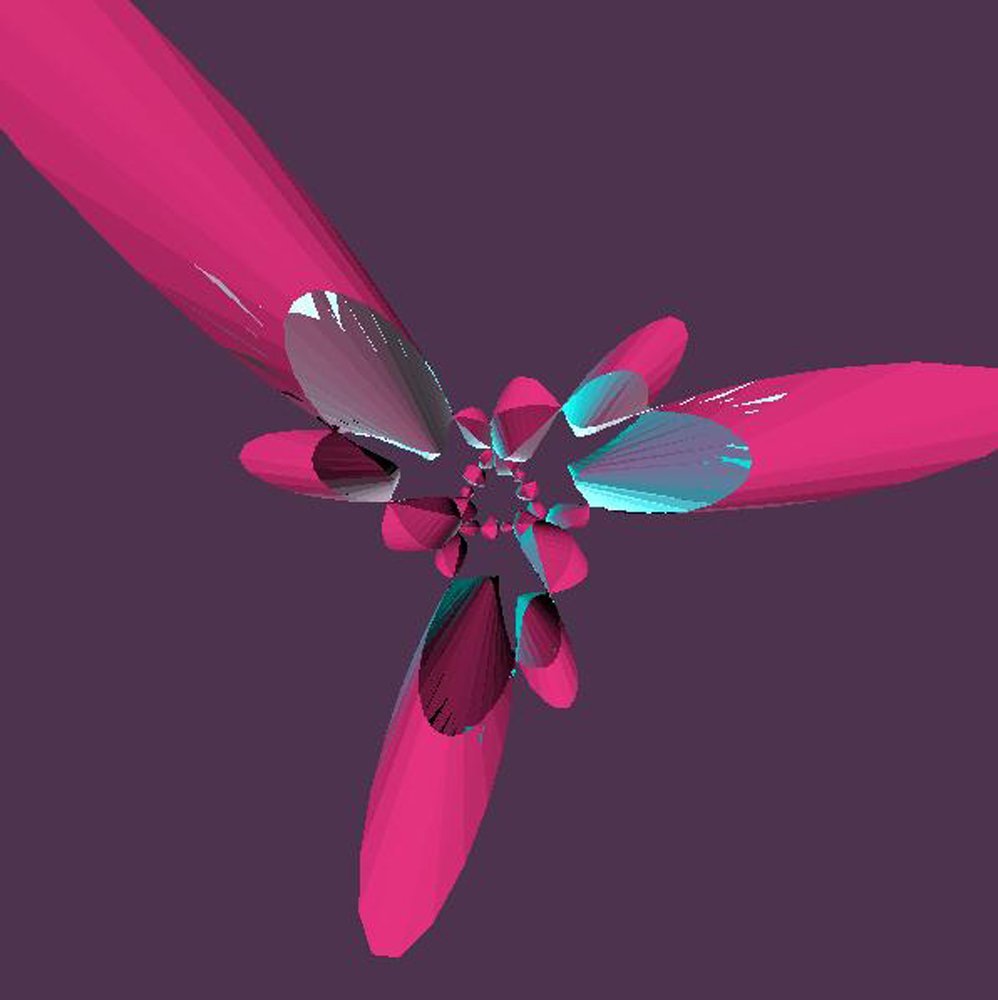The co-founder of Ars Electronica, Herbert W. Franke passed away at the age of 95
"Art is always about mathematics. Every image can be described mathematically. There is nothing more than a formula behind it.”
One of the pioneers of generative art has died: Herbert W. Franke, artist, writer, physicist, and philosopher, whose work influenced generations of new media artists, was 95 years old. Herbert's death on the 16th of July was announced by his wife, Susanne.
Herbert Werner Franke Image © the artist
Herbert Werner Franke was born in Austria on May 14, 1927. He studied Physics and Philosophy in Vienna. In 1951 he received his Doctorate in Theoretical Physics by writing his dissertation about electron optics. Today Franke is known as the most important post-war German-language writer in the genre of science fiction. Franke is also recognized worldwide as a pioneer of algorithmic art. His intellectual work is based equally on the rationality of the researcher and the creativity of the artist. He is particularly interested in creating aesthetically interesting structures with the help of computer programs. In addition to creating works of art, Franke has also been intensively involved in questions of rational aesthetics. In his "Rational Theory of Art," published as early as the mid-1960s, he described the perception of art as a construct that can be grasped with the help of information theory.
Kate Vass Galerie is honored to have worked with him and exhibited his works. He was part of our AUTOMAT UND MENSCH exhibition in 2019, where we put important work by generative artists spanning the last 70 years into context by showing it in a single location. By displaying important works like the 1956/’57 oscillograms by Herbert W. Franke, we showed the full history and spectrum of generative art.
The MATH GOES ART was a solo exhibition in 2021 at Kate Vass Galerie, that was dedicated to Herbert's latest period, the so-called Math Art. Herbert W. Franke has been interested in mathematical aesthetics for the last decades and had experimented with algorithms and computer programs to visualize math in art.
"It opened my eyes to things I had never seen before, such as beautiful crystalline landscapes. It soon became clear that if the electric fields were deliberately calculated differently, quite adventurous figures would emerge. That gave me the idea of using other tools of technical laboratories, such as oscillographs and later computers, to create images for artistic purposes." - he commented.
Drakula Series, 1970 - 1971
The Drakula series, from the seventies, was displayed at the MATH GOES ART show. The series was an ideal instrument as a study object of experimental aesthetics since they could be quantified well in terms of information theory. The Heighway dragon curve was first discovered by NASA physicists John Heighway and Bruce Banks in 1966 and named by his colleague William Harter. It can be constructed from a base line segment by repeatedly replacing each segment by two segments with a right angle and with a rotation of 45° alternatively to the right and to the left. Franke's 'dragon curves' are formed by sequences of left and right turns according to certain rules. The program allows to string together and superimpose dragon curves of different orders - or even sections of such curves.
The Lissajous Series
We are also proud that Herbert minted his first NFTs with the Gallery. The Lissajous series consists of 11 works in two color combinations: Lissajous blue/orange and Lissajous pink/turquoise. Only 4 were minted on opensea.io and are now only available from the secondary market. The Lissajous figures can be defined as any of an infinite variety of curves formed by combining two mutually perpendicular simple harmonic motions, commonly exhibited by the oscilloscope, and used in studying frequency, amplitude, and phase relations of harmonic variables. They are named after the French physicist Jules Antoine Lissajous (1822-1880). Lissajous curves are sometimes also known as Bowditch curves after Nathaniel Bowditch, who studied them in 1815 but were studied in more detail by Jules-Antoine in 1857.
Two artworks of Herbert W. Franke are currently available at Phillips Auction. More information can be found here.
The artists, Robbie Barrat, Mario Klingemann, Herbert W. Franke and co-curators Jason Bailey and Georg Bak with Kate Vass, at Kate Vass Galerie 2019 Automat und Mensch






